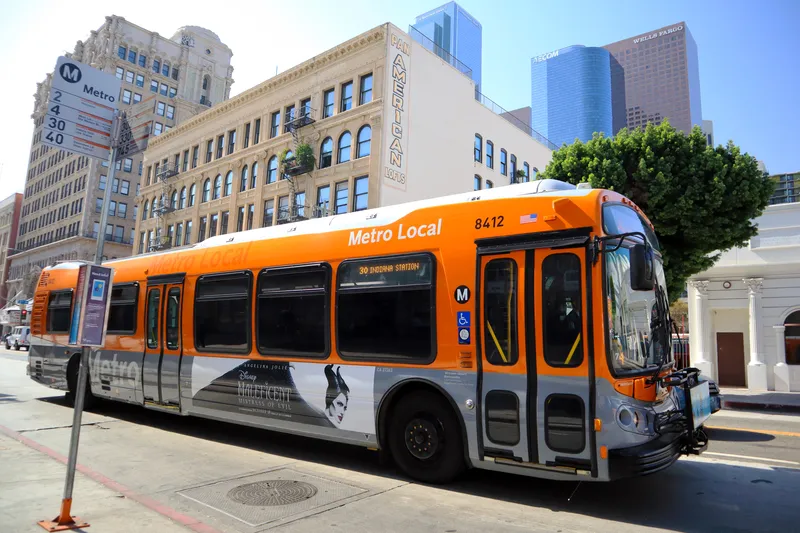
Tragedy was averted earlier this month when a blaze broke out in the Vuache Tunnel in the Haute-Savoie region of the French Alps.
A heavy goods vehicle, laden with plastic pellets, caught fire in the southbound section of the 1.4km twin-bore tunnel.
Automatic incident detection systems from Citilog played their part in quickly alerting officials about the incident, which ensured a swift and effective response from emergency services.
Because of Citilog’s early warning, officials were able to close the tunnel - one of two bores - before the fire fully broke out. This prevented other vehicles from entering - therefore avoiding a highly dangerous situation.
In fact, traffic through the dual-bore tunnel, part of the A40, resumed the next day when officials reopened the other two-lane tunnel using one lane in each direction for vehicles.
Meanwhile, as a safety precaution, ATMB (Autoroutes et Tunnel du Mont Blanc) reported that the transport of dangerous materials through the tunnel was forbidden until repairs to the damaged tunnel were completed and the restriction officially lifted.
ATMB explained how things unfolded in this LinkedIn post.
Vuache Tunnel incident timeline
• At 10:33 the incident detection system identifies a stopped vehicle; the ATMB control centre immediately activates tunnel closure procedures
• At 10:38 the fire breaks out on the truck, but the tunnel is already closed; firefighters intervene swiftly, no other vehicles are involved and the driver is safely evacuated
• By 5:30am next day, safe traffic flow is restored through the unaffected tunnel









